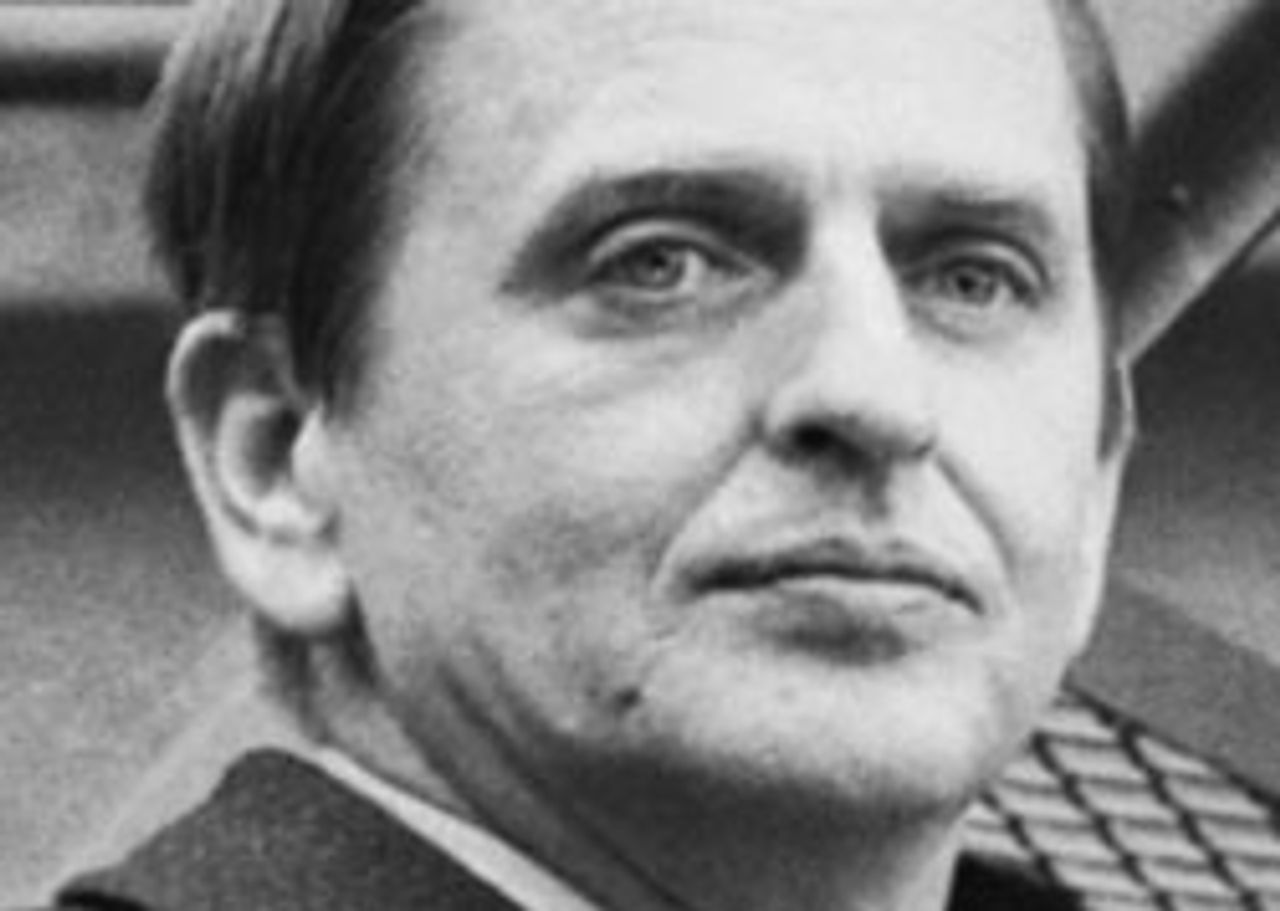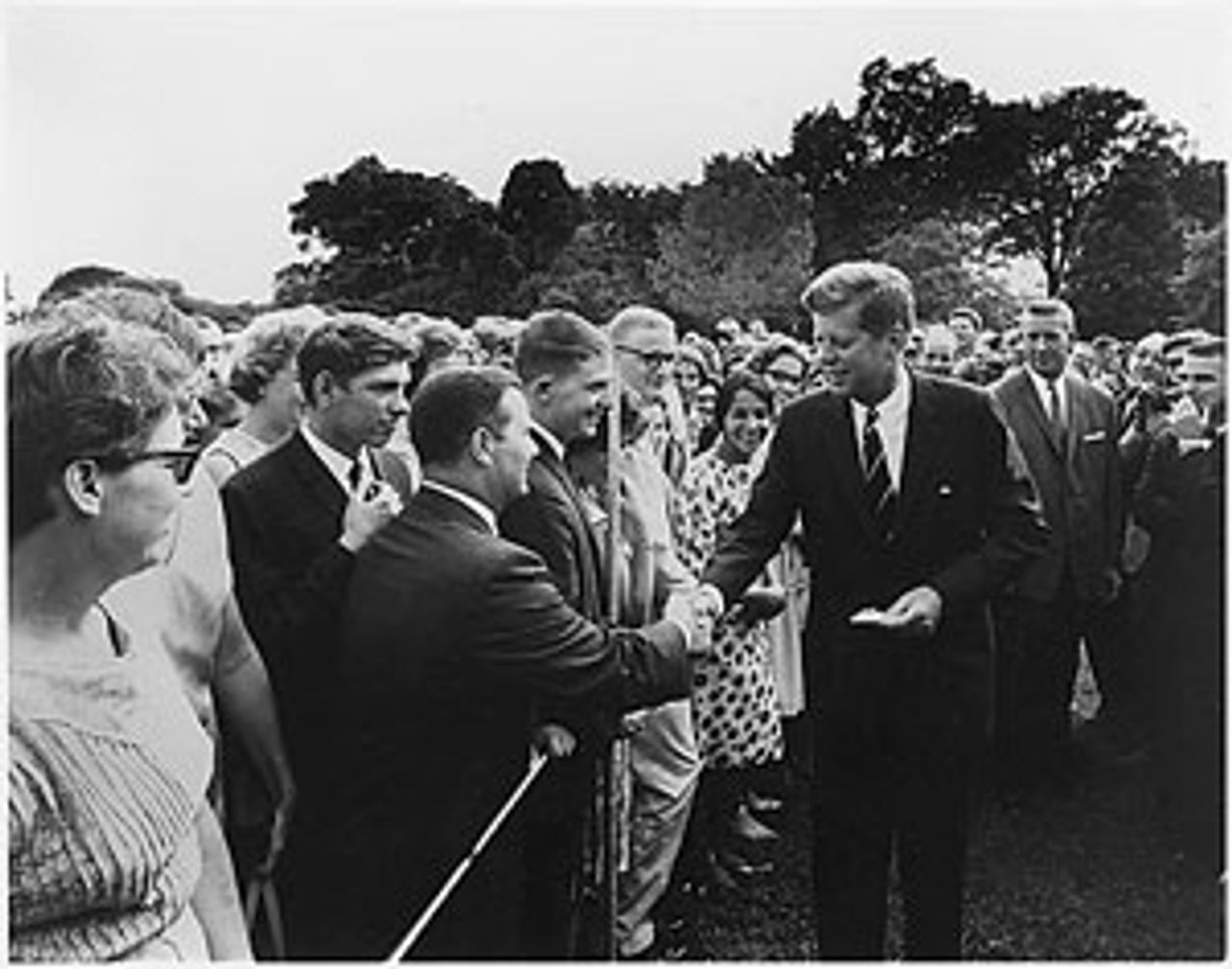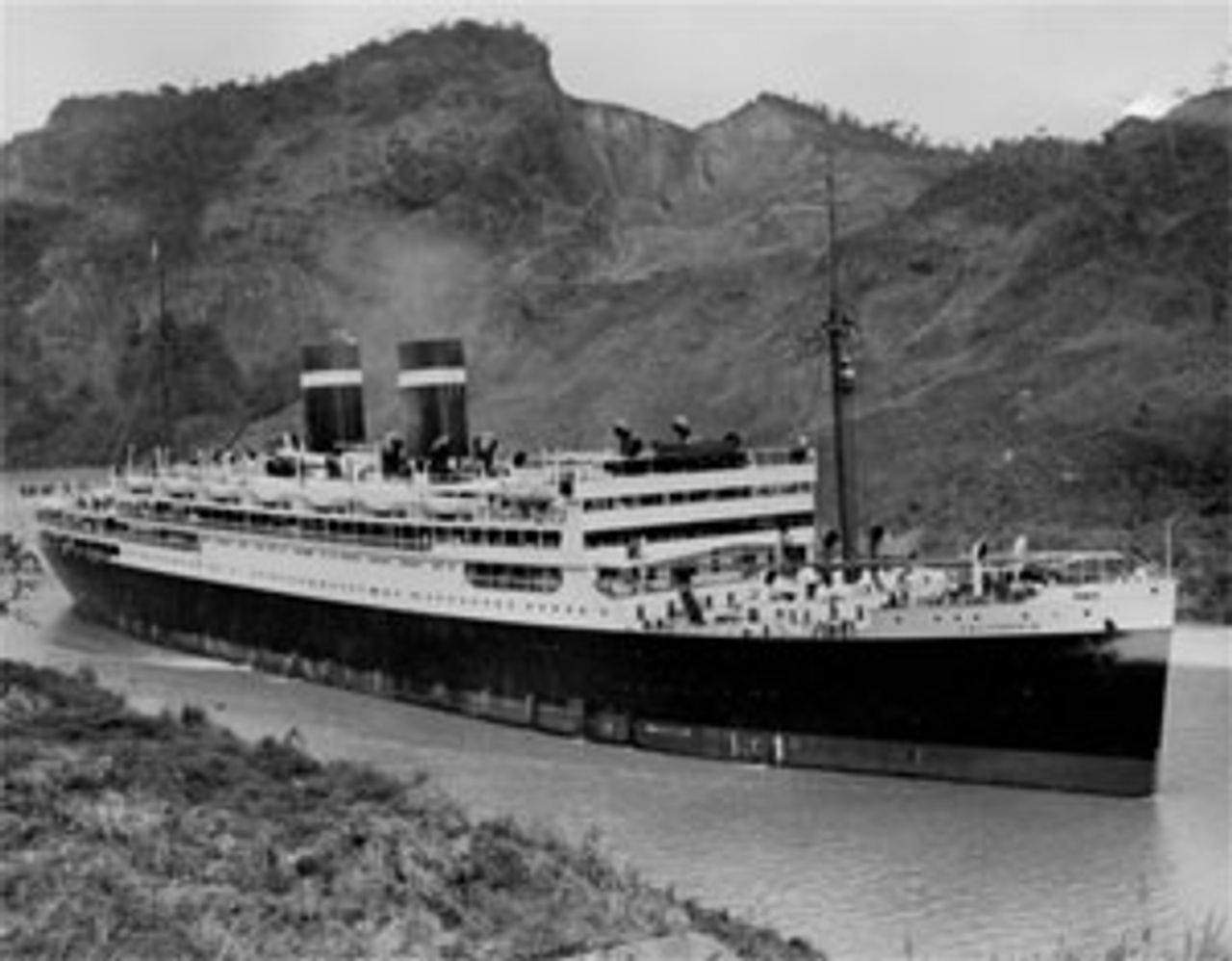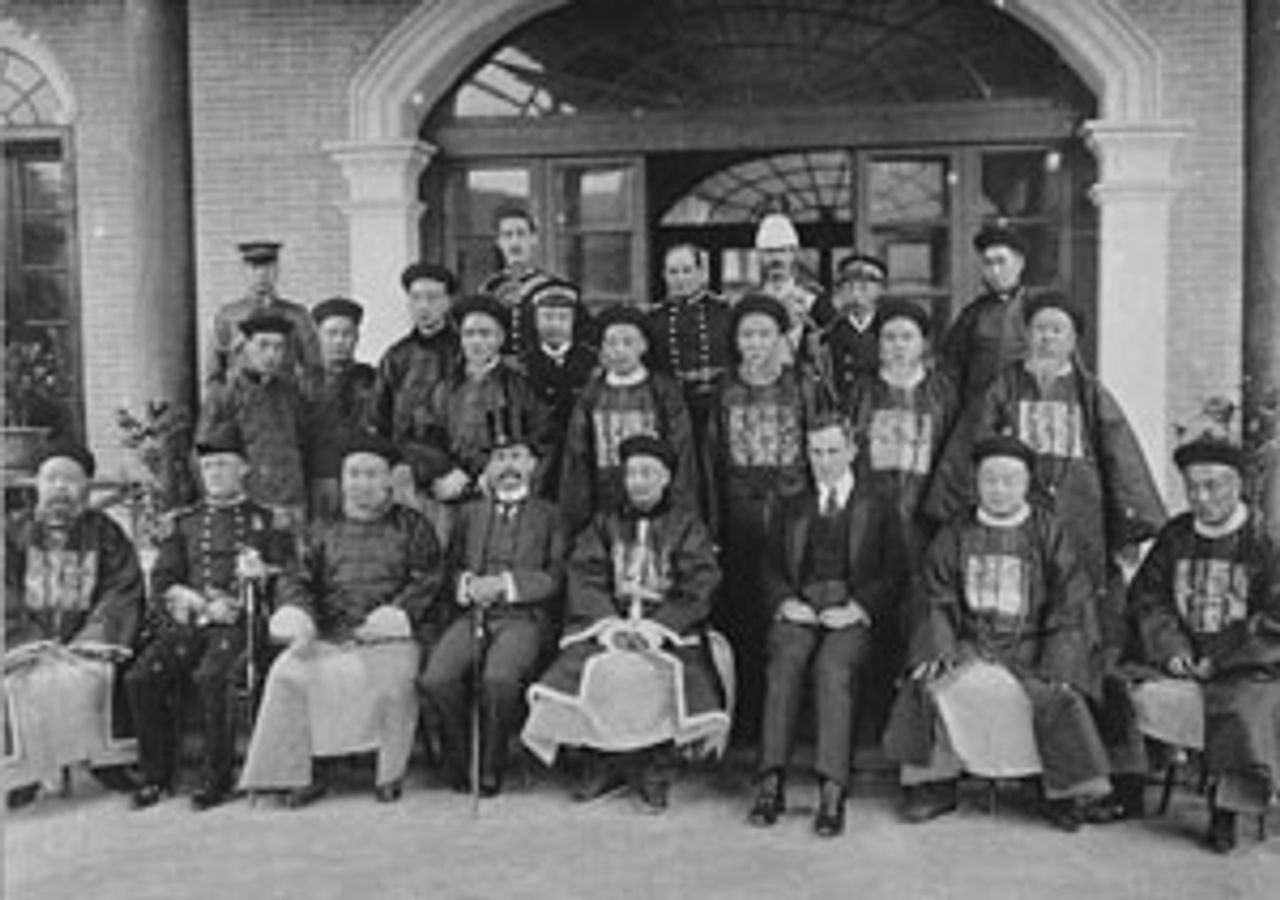This Week in History provides brief synopses of important historical events whose anniversaries fall this week.
25 Years Ago | 50 Years Ago | 75 Years Ago | 100 Years Ago
25 years ago: Swedish PM Olof Palme assassinated
 Swedish PM Olof Palme
Swedish PM Olof PalmeOn the night of February 28, 1986, the prime minister of Sweden, Olof Palme, was gunned down as he walked back to his Stockholm residence after watching a movie at a nearby cinema. Palme, who had been without a bodyguard, was approached from the rear and shot in the back, and was pronounced dead on arrival at a nearby hospital. His wife survived a second gunshot from the assailant.
The assassination of Palme, a Social Democrat, remains an unsolved mystery. Nearly three years later, a brain-damaged petty thief named Christer Pettersson was accused and identified by Palme’s widow, Lisbet Palme, as the killer. But Pettersson was acquitted on appeal—he had no motive, no history of homicidal violence, and there were doubts over Mrs. Palme’s testimony.
Palme created no shortage of enemies in his two terms as prime minister (1969-1976; 1982-1986). He had postured as an outspoken left critic of US foreign policy and Western imperialism. Palme had compared the Vietnam War to the Holocaust, called for an end to apartheid in South Africa, supported the Palestine Liberation Organization, and cultivated good relations with Cuba and Nicaragua.
However, Palme’s “anti-Americanism” would be better thought of as a loyal opposition whose aim was to gain advantage for Swedish and European capitalism. Sweden’s “neutrality” was in fact a mirage—its government continued to maintain secret military relations with NATO even under Palme.
50 years ago: Kennedy orders creation of Peace Corps
 Kennedy greeting Peace Corps recruits, 1961
Kennedy greeting Peace Corps recruits, 1961On March 1, 1961, US President John Kennedy issued an executive order calling for the formation of a Peace Corps, whose stated tasks would be to send young Americans to poor nations to provide technical assistance, teach citizens there about the US, and learn about other cultures themselves.
In reality, the Peace Corps was an instrument in the tool kit that sought to counter the growing hatred of “Yankee imperialism” all over the world. Three days later, Kennedy placed his brother-in-law, Sargent Shriver, as the first head of the program.
The proposal illustrated the contradictions of American liberalism, then at its zenith, and those of the Peace Corps’ progenitor, Kennedy. While aiming to provide a facelift for the US abroad, supposedly by combating poverty, it also aimed to establish a foothold in nations where the US had little credibility and where revolutionary movements threatened important interests.
The Peace Corps would appeal to the idealism of American youth, which Kennedy was inspiring through his speeches. The president called on a new generation to enlist in “a grand and global alliance” to fight tyranny, poverty, disease, and war. “To those peoples in the huts and villages of half the globe struggling to break the bonds of mass misery,” he said in his inaugural address, “we pledge our best efforts to help them help themselves.”
He was at the same time escalating the American military presence in Vietnam and pushing a dramatic expansion of military spending, and would soon promote another new body for American youth, the “Green Berets,” otherwise known as the US Army Special Forces.
75 years ago: Seamen’s strike on SS California leads to formation of the National Maritime Union
 SS California passing through the Panama Canal
SS California passing through the Panama CanalThe SS California was a passenger ship run by the Panama Pacific Limited, whose crew, on March 1, 1936, led by ‘Big Joe’ Curran, launched a sit-down strike for better wages and conditions. When the ship was due to depart San Pedro, California, the crew refused to cast off. The striking workers refused to disembark to prevent scab labour being brought aboard. The sit-down strike would be successfully utilized on a grander scale later that same year by autoworkers at the General Motors plant at Flint, Michigan.
The SS California was forced to stay docked at San Pedro for three days before the intervention of US Secretary of Labor Frances Perkins. She persuaded the crew to sail on to New York City, where a grievance hearing would supposedly be arranged. She also promised to see to it that the strikers would not be prosecuted by the American government or the company.
However, upon its docking in New York, the SS California was met by FBI officers under the direction of Secretary of Commerce Daniel Roper, who declared the strikers ‘mutineers’ and had their leaders arrested. Panama Pacific lambasted Curran through advertisements in the national press and when the case came to court, he and the other strike leaders were fined two days pay, fired by Panama Pacific and blacklisted.
The fate of the SS California led to a ten-week strike led by Curran and the newly established Seaman’s Defence Committee along the American east coast. In 1937 Curran helped establish the National Maritime Union (NMU), which affiliated with the newly formed Congress of Industrial Organizations (CIO) the same year.
100 years ago: Famine, plague threaten millions in China
 Chinese and British officials at opening of Kowloon-
Chinese and British officials at opening of Kowloon-Canton Railway
Famine and disease were threatening millions of Chinese, according to media accounts this week in 1911.
One such report detailed how the famine zone was working itself from the south, spreading north through Shantung, Anhui, and Jiangsu provinces, while the plague zone was spreading south from Manchuria, Xiamen, and Yantai. The Red Cross reported that in 3 million were starving in Jiangsu and Anhui alone.
“Already the people are reduce to eating roots and turnip tips,” wrote American missionary William F. Junkin. “[T]his wretched diet soon makes them sick…To raise money people have sold the furniture from their homes, and even the timber in their houses, tearing them down to make them marketable, and living now out of doors in slush and snow.” Another missionary in Andong described a family sitting down for a meal of potato leaves. The head of a relief operation in China reported that the first spring harvest would be scanty because the people were too weak to work and draft animals had been consumed for flesh.
Though less deadly at that point, the plague epidemic was receiving greater attention because it was believed by medical experts to be the first on such a large scale since the Middle Ages. Chinese authorities worked to quarantine villages—leaving residents to die—fearful that the plague’s spread could be used as a pretext for new interventions by Russia in Manchuria.
The famine was caused in part by a torrential rainfall the previous summer—16 inches in two days—that had destroyed crops in the south. The authorities had months to prepare for the famine, but nothing was done to address the looming disaster until it was too late. The decrepit Qing Dynasty was thoroughly corrupt and at the mercy of the Great Powers, which had carved up China into zones of influence and whose wealthy elite were made rich through the much-prized “China market.” But the “free market” did not provide food to the Chinese countryside, and when it became scarce the market made it unaffordable to millions.
